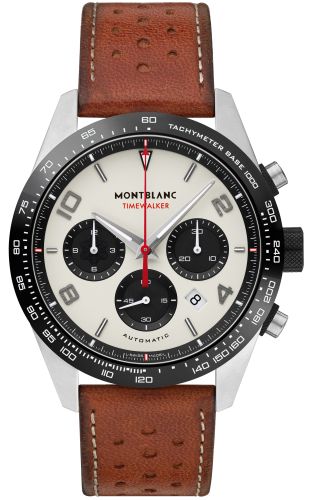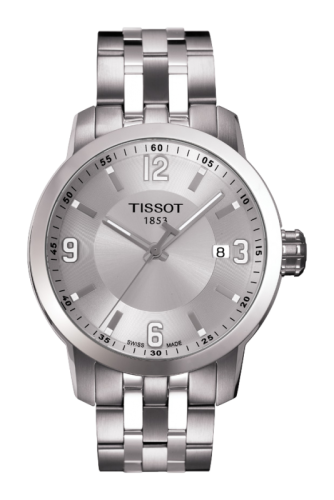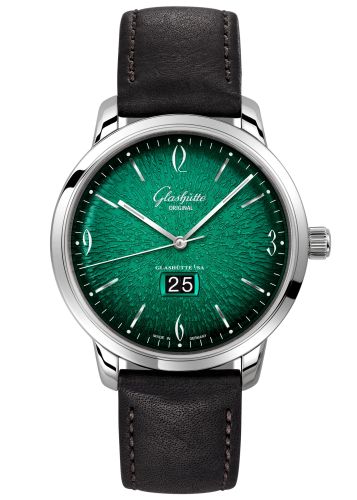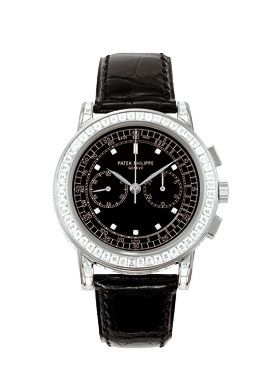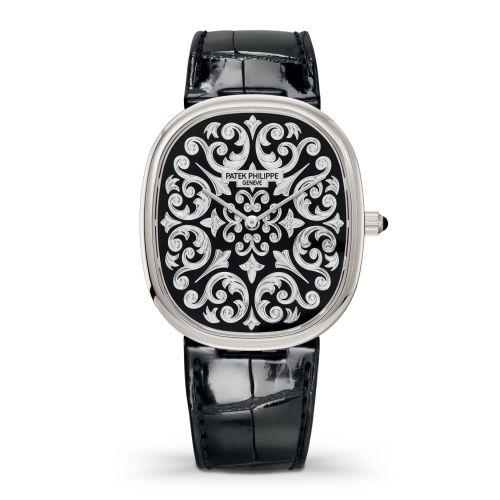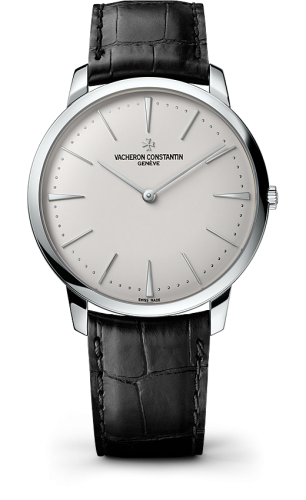
Why are manual watches still popular?
In a world dominated by digital technology, the enduring popularity of manual watches is a fascinating phenomenon. One of the primary reasons for their continued appeal lies in the craftsmanship and artistry that goes into creating these timepieces. Manual watches are often handmade, requiring a high level of skill and attention to detail. Enthusiasts appreciate the intricate mechanics and the dedication that watchmakers invest in each piece, celebrating the beauty of traditional watchmaking techniques.
Moreover, manual watches offer a unique connection between the wearer and the timepiece. Unlike automatic or quartz watches, which often rely on battery power or self-winding mechanisms, manual watches require the wearer to actively wind them. This ritualistic aspect fosters a deeper appreciation for the watch itself, creating a tactile relationship that many find satisfying. The act of winding the watch becomes a daily reminder of the passage of time, inviting a more mindful approach to our schedules.
Another factor contributing to the popularity of manual watches is their aesthetic appeal. Many manual timepieces feature classic designs and elegant finishes that resonate with those who prefer a vintage or timeless look. These watches often incorporate traditional materials such as stainless steel, gold, or leather, enhancing their visual charm. Collectors and fashion enthusiasts alike are drawn to the sophistication and character that manual watches exude, making them not just functional accessories but also statements of personal style.
Furthermore, manual watches can often be more affordable than their automatic counterparts, allowing a wider audience to enjoy the artistry of horology without breaking the bank. This accessibility has helped nurture a growing community of watch lovers who appreciate the history and heritage behind these timepieces. Many brands have also embraced the resurgence of interest in manual watches by offering modern interpretations that blend traditional craftsmanship with contemporary designs, appealing to both seasoned collectors and newcomers alike.
In addition, as people seek to disconnect from the fast-paced digital world, manual watches provide a sense of nostalgia and simplicity. They serve as a counterbalance to the overwhelming presence of smart devices, offering a moment of pause in our daily lives. The charm of winding a watch by hand, combined with the satisfaction of knowing that it operates purely on mechanical principles, resonates with those who value authenticity in an increasingly automated age.
Ultimately, the popularity of manual watches is a testament to the timeless allure of craftsmanship, the beauty of mechanical engineering, and the human connection to our possessions. In a society that often prioritizes convenience, these watches remind us of the value of patience, tradition, and the art of timekeeping—qualities that will likely continue to captivate enthusiasts for generations to come.


